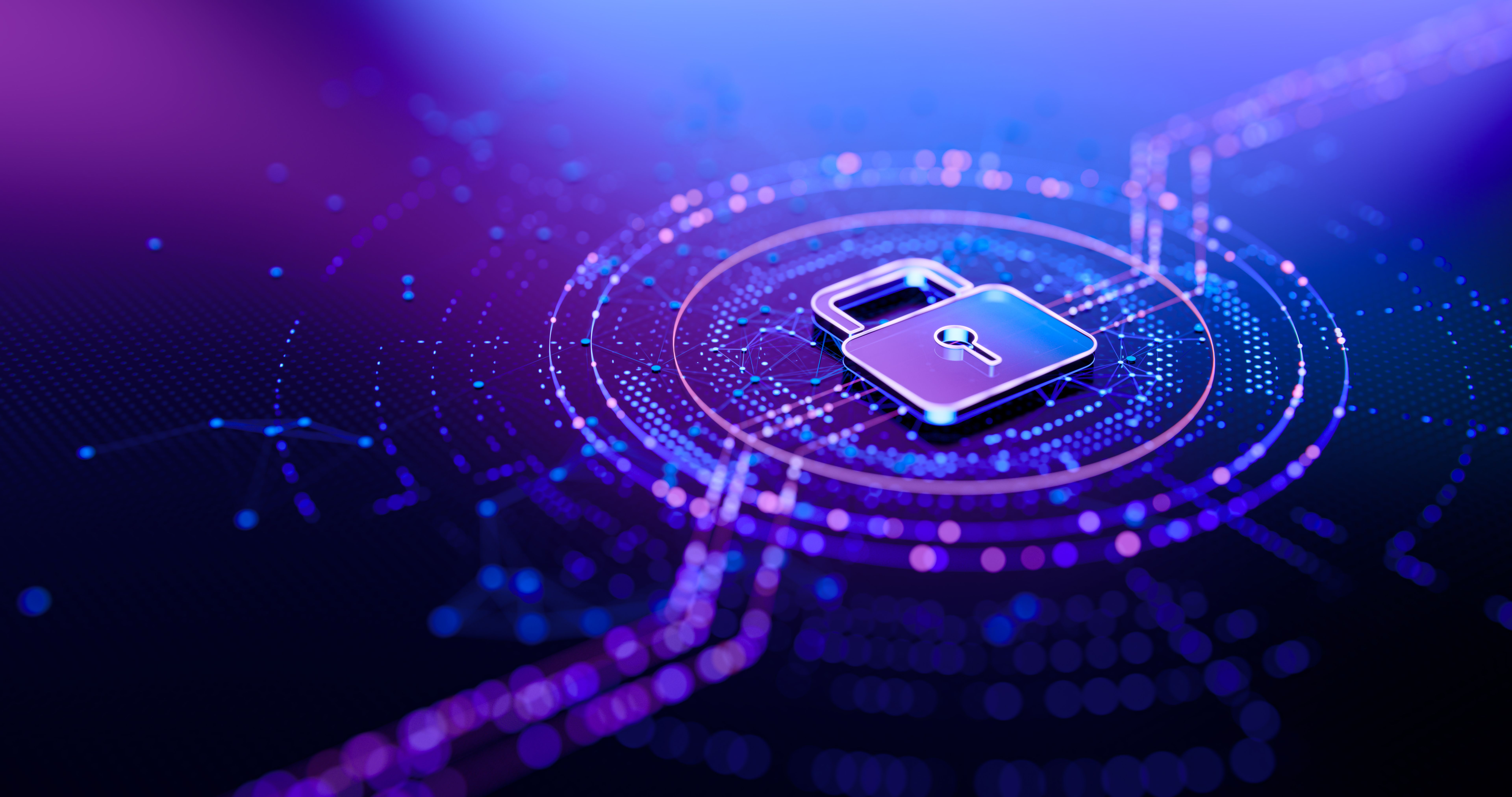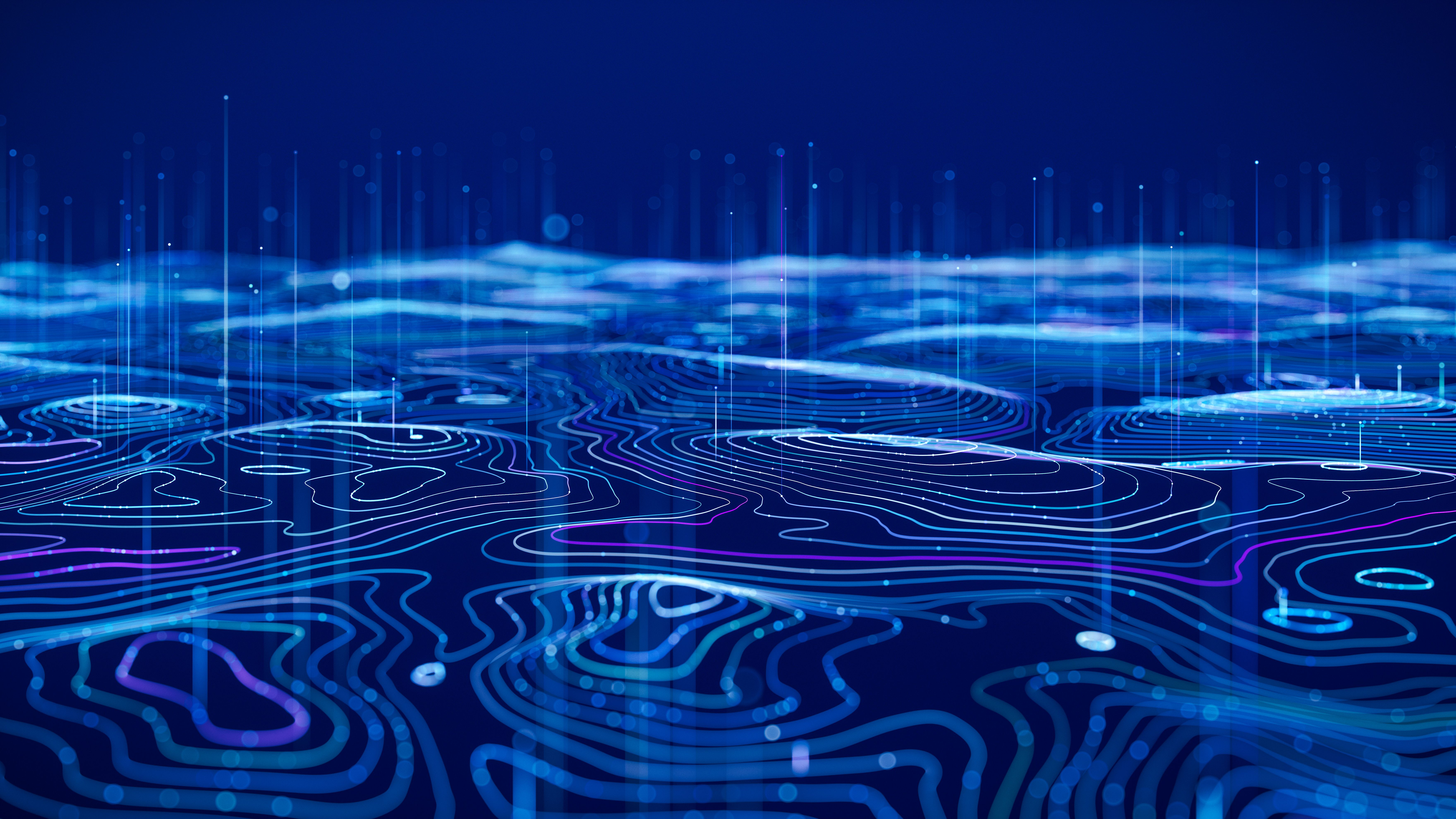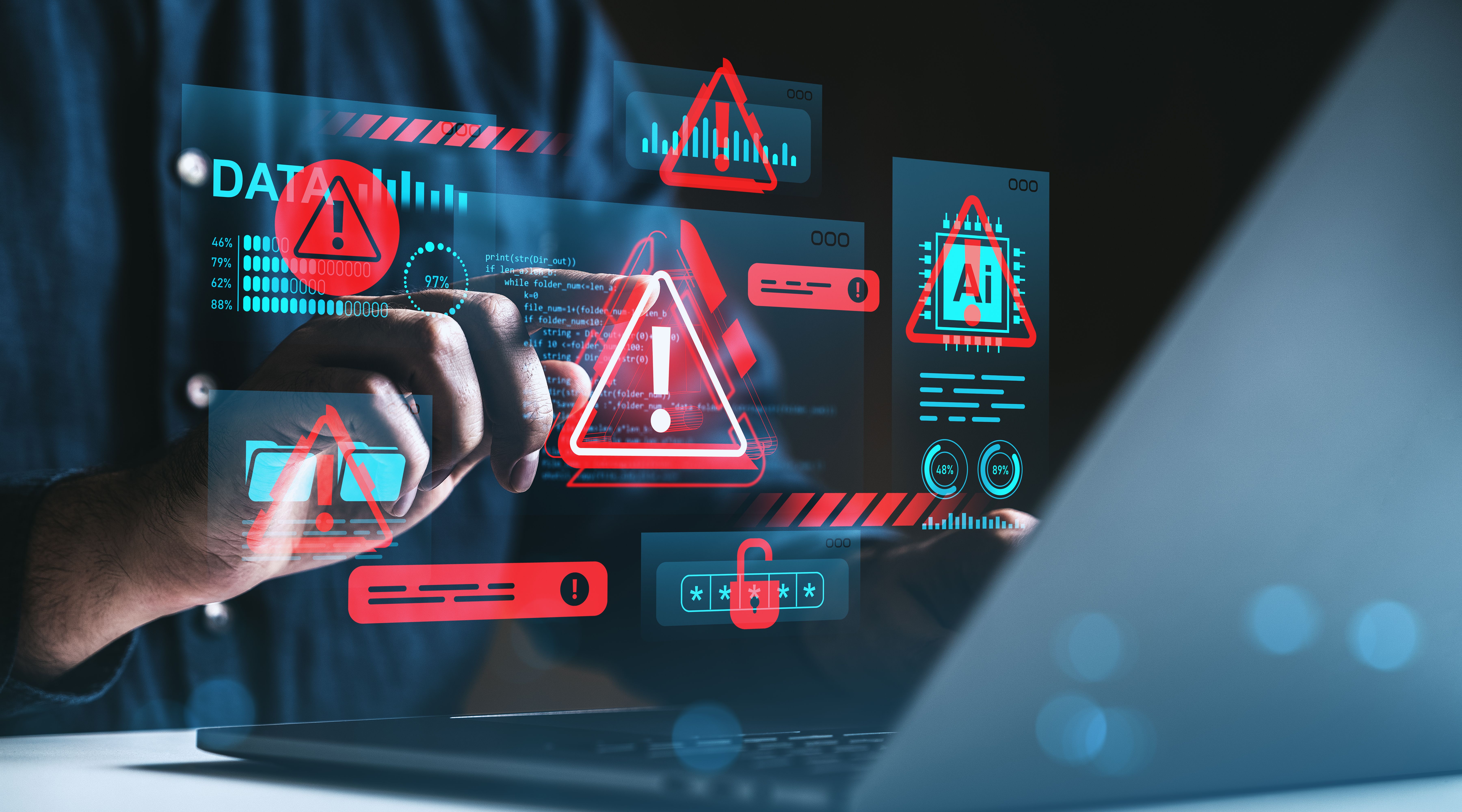Navigating Cyber Security in the Age of Artificial Intelligence
In today's digital landscape, the integration of artificial intelligence (AI) into various sectors has transformed the way we approach cybersecurity. While AI brings efficiency and innovation, it also introduces unique challenges, making it crucial for businesses and individuals to adapt their strategies in safeguarding sensitive information.

Understanding AI's Role in Cybersecurity
AI has become an essential tool in the cybersecurity arsenal, enabling faster threat detection and response. By leveraging machine learning algorithms, AI systems can analyze vast amounts of data to identify potential vulnerabilities and suspicious activities in real-time. This significantly reduces the time it takes to respond to threats, minimizing potential damage.
However, the same technology that fortifies defenses can also be exploited by cybercriminals. Malicious actors are increasingly using AI to automate attacks, making them more frequent and sophisticated. This dual nature of AI in cybersecurity underscores the importance of staying ahead of emerging threats.
The Rise of AI-Driven Threats
As AI technology advances, so do the tactics used by cybercriminals. AI-driven threats such as deepfakes, automated phishing attacks, and advanced malware are becoming more prevalent. These threats are designed to bypass traditional security measures and exploit system weaknesses, posing significant risks to user privacy and data integrity.

One of the most concerning developments is the use of machine learning to create highly convincing phishing scams. By analyzing user behavior and language patterns, AI can craft personalized messages that are difficult to distinguish from legitimate communications, increasing the likelihood of users falling victim to these scams.
Strategies for Enhancing Cybersecurity
Navigating cybersecurity in the age of AI requires a proactive approach. Here are some strategies to consider:
- Implement AI-Driven Security Solutions: Utilize AI-powered tools for continuous monitoring and threat detection to stay ahead of potential breaches.
- Invest in Employee Training: Educate employees on the latest cybersecurity threats and best practices to prevent human error, a common entry point for attacks.
- Regularly Update Security Protocols: Keep your security protocols and systems updated to address new vulnerabilities and threats.
By adopting these strategies, organizations can enhance their resilience against AI-driven cyber threats and protect their sensitive data more effectively.

The Future of Cybersecurity with AI
The future of cybersecurity will inevitably be shaped by advancements in AI. As AI continues to evolve, it will play a pivotal role in developing more sophisticated defense mechanisms. Predictive analytics and intelligent automation will enable security teams to anticipate threats and respond proactively, rather than reactively.
Moreover, collaboration between private companies, governments, and cybersecurity experts will be essential in creating a secure digital environment. Sharing threat intelligence and resources can lead to more comprehensive protection strategies that benefit everyone involved.
Conclusion
In conclusion, while AI presents both opportunities and challenges in cybersecurity, embracing this technology is crucial for staying protected in an increasingly digital world. By understanding the potential risks and implementing robust security measures, businesses and individuals can navigate the complexities of cybersecurity with confidence.